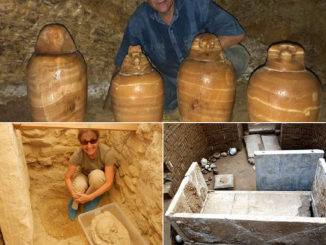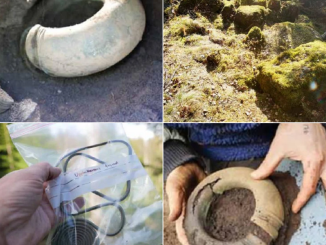In the world of luxury and opulence, few artifacts carry as much historical significance and artistic mastery as the Fabergé eggs. These exquisite creations, crafted by the renowned House of Fabergé for the Russian imperial family, stand as enduring symbols of wealth, craftsmanship, and royal patronage. Among these treasures, the “Memory of Azov” jewelry egg holds a special place, captivating admirers with its intricate design and storied past.
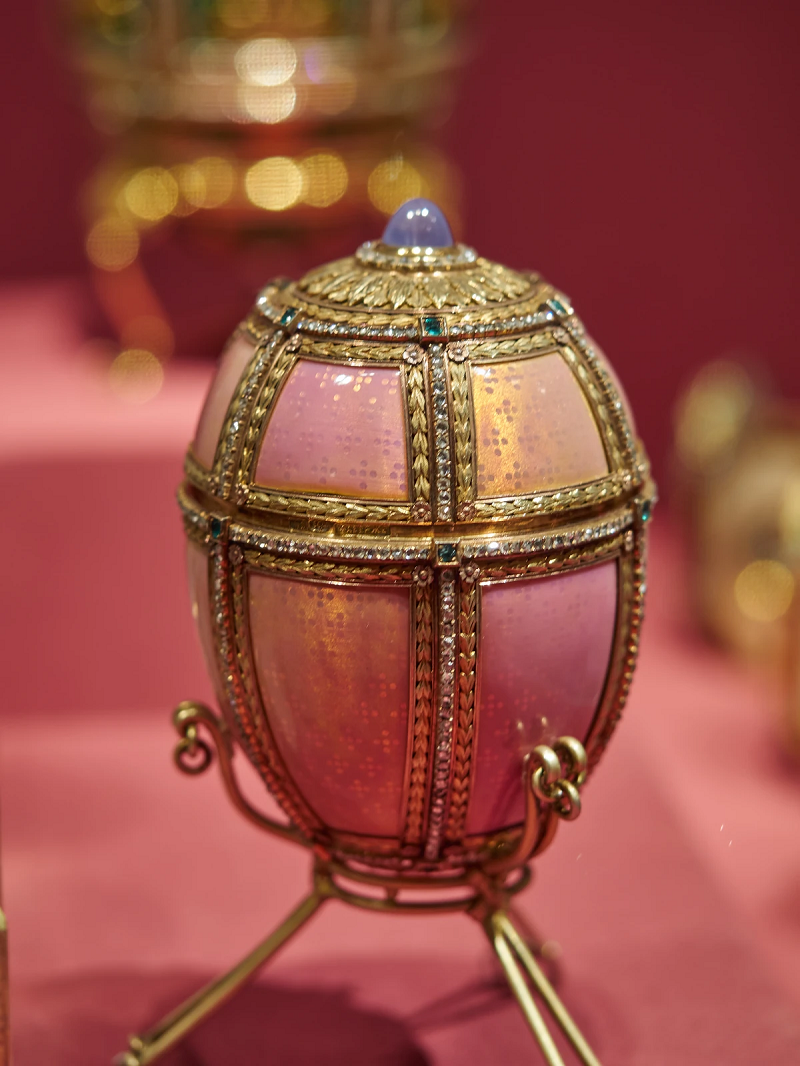
A Glimpse into Imperial Splendor
Commissioned in 1891 by Emperor Alexander III of Russia as an Easter gift for his wife, Empress Maria Feodorovna, the “Memory of Azov” egg is a testament to the grandeur of the Russian imperial court. Adorned with precious metals and gemstones, each Fabergé egg was meticulously crafted by skilled artisans under the direction of master jeweler Peter Carl Fabergé himself.

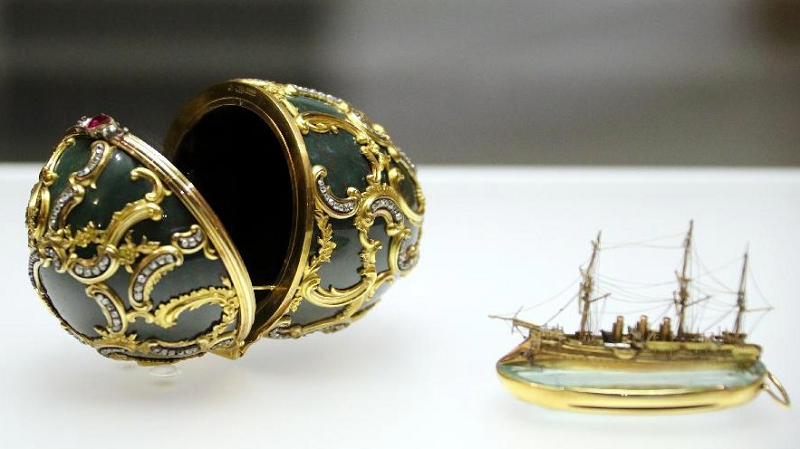
A Masterpiece in Miniature
What sets the “Memory of Azov” egg apart is its enchanting surprise—a miniature model of the cruiser of the Russian Imperial Navy, Memory of Azov. Constructed from red and yellow gold, platinum, and adorned with small diamonds, this tiny marvel rests upon a plate of aquamarine, expertly crafted to simulate the shimmering waters of the sea. The intricate details of the vessel, from its delicate masts to the engraved name “Azov” on the stern, showcase the unparalleled craftsmanship for which Fabergé is celebrated.

Preserving Heritage: A Home in Moscow
Today, the “Memory of Azov” egg resides in the museum of the Armory in Moscow, where it serves as a cherished relic of Russia’s imperial past. Despite the tumultuous events of history, including revolution and war, this magnificent artifact has endured, offering visitors a glimpse into a bygone era of elegance and extravagance.
Unlike many Fabergé eggs that have found their way into private collections around the world, the “Memory of Azov” remains within the borders of Russia, a source of national pride and cultural heritage. Its presence in the Armory museum ensures that future generations can continue to marvel at its beauty and appreciate the craftsmanship of generations past.
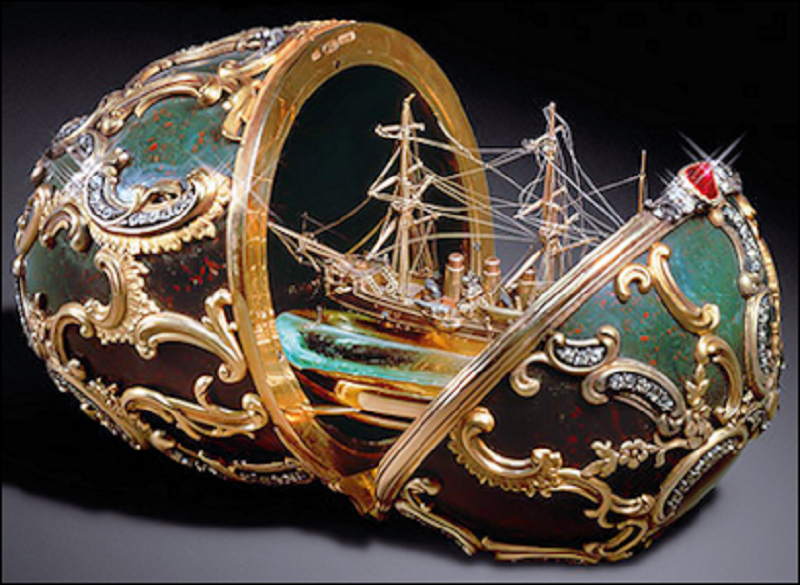
Conclusion
In the realm of archaeology, the study of artifacts such as the “Memory of Azov” jewelry egg offers invaluable insights into the cultural, artistic, and technological achievements of past civilizations. Beyond its aesthetic allure, this masterpiece of Imperial Russia serves as a tangible link to a vanished world, where craftsmanship and luxury intersected with power and prestige.
As visitors gaze upon the gilded splendor of the “Memory of Azov,” they are transported back in time to an era of czars and empresses, where the Fabergé eggs reigned supreme as symbols of imperial favor and affection. Through meticulous preservation and scholarly inquiry, we can ensure that these treasures continue to inspire awe and admiration for generations to come, enriching our understanding of the rich tapestry of human history.
